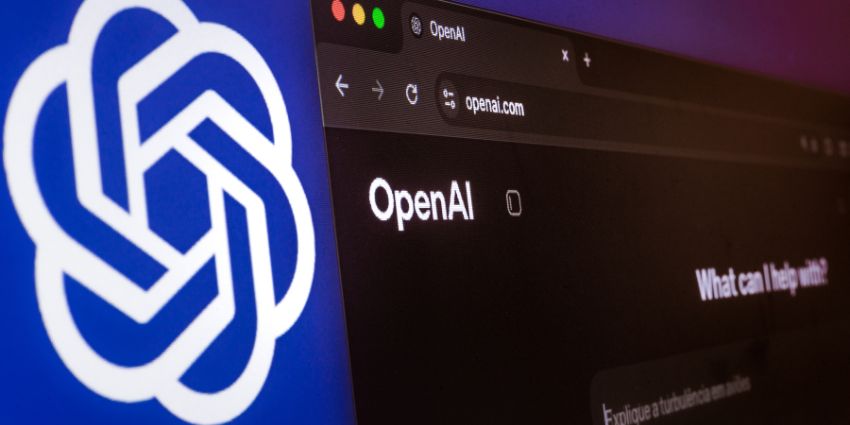Over the past few years, the healthcare landscape has made significant strides in using Unified Communications and Collaboration (UC&C). Modern healthcare providers rely heavily on video and audio, with telehealth adoption accelerating during COVID-19 and persisting since. With mergers and acquisitions thrown into the mix, the result is significantly more complex systems for IT teams to manage.
In my recent chat with Zach Snively, Account Executive at IR, we explored current UC&C challenges, how monitoring tools can make the lives of IT teams easier, and what the benefits are for businesses and patients.
Trends, Challenges, and Opportunities
There are several key areas where monitoring can help healthcare organizations optimize performance. Here are the most prominent trends, each entailing its own set of challenges:
Consolidation: Over the past two years, many hospitals have purchased other hospitals to expand their reach and services. While generally a positive trend, its speed has been generating new issues – mostly for IT teams.
“The new environment is comprised of multiple Voice and UC&C systems pulled together very quickly, which creates added complexity,” Snively notes.
With hospitals striving to reduce costs by shrinking teams down and service locations becoming dispersed due to acquisitions, the complexity becomes even greater.
“It’s not as centralized as it was, making monitoring in the UC&C environment even more important, as it allows IT to do a lot more with a lot less,” he explains.
Telehealth: Telehealth, significantly rising in prevalence since COVID-19, is the perfect complementary health service: easy, accessible, and requires zero time on the road or in the waiting room. But in its current incarnation, it faces quite a few hiccups.
“Healthcare providers and practitioners aren’t always tech-savvy – they’re not IT people, and issues with audio, video, or connection are inevitable,” Snively says.
“Whatever the issue may be, the more monitoring there is to help alleviate it, the smoother the experience will become for everyone involved.”
Related Costs: Digital transformation and the increasing use of UC&C in the healthcare space should ideally be cost-effective, but when operated inefficiently, it can also result in unwanted costs.
“Recent surveys estimate that roughly 25% of malpractice lawsuits are associated with poor communication,” Snively notes.
While these aren’t purely due to Voice or UC&C malfunctions, it definitely goes to show how important communication is from a cost perspective.
“Delivering the right information to patients, even if it eliminates a fraction of those lawsuits, can save healthcare providers a lot of money,” he says.
Additionally, when it comes to smaller IT teams, if they can ‘do more with less’ thanks to monitoring, that’s bound to drive costs down for everybody.
“These cost savings in IT simply snowball into larger cost savings across the organization, which ultimately trickle down to the patients as well.”
Uptime: Healthcare services, especially emergency care, require 100% uptime. However, when high availability standards aren’t met, various problems can occur – from poor care quality to patient churn down the line.
“When people need lifesaving care, having them jump through extra hoops doesn’t only make the hospital look bad but can also risk lives,” Snively explains.
But even in cases where it’s not necessarily life-or-death, poor communication causes frustration and poorer quality care.
“When communication breaks down, a lot more things start to break down the line,” he sums up.
Even if it’s simply trying to schedule a routine physical, if patients can’t complete simple tasks, it can erode trust, cause frustration, and ultimately lead to churn.
How Can IR Help?
IR offers advanced UC&C Monitoring solutions to help healthcare providers tackle these challenges, making communications an asset rather than a burden. By ‘sitting in the middle’ between different parts of the organization’s Voice and UC&C systems, IR’s solutions can quickly detect where issues reside and how they should be addressed.
“We cut through the clutter and point to the problem, which saves time and cost, enables better patient care, and eases practitioners’ lives,” Snively explains.
IR also provides testing capabilities for hospital networks, simulating unusual call surges to ensure their systems won’t collapse in the moment of truth.
To learn more about IR’s UC&C Monitoring solutions, visit their website here.







